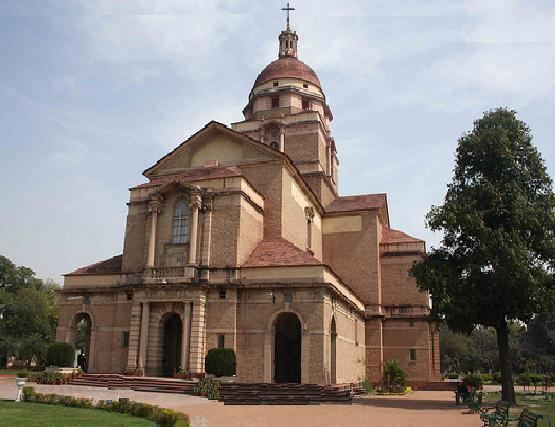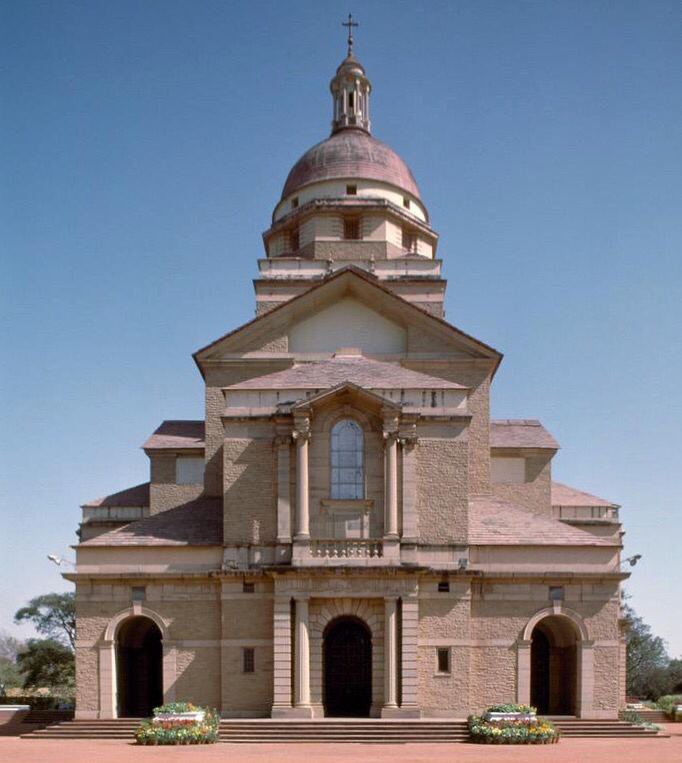Name Henry Medd Role Architect | Died October 26, 1977 | |
 | ||
Structures Cathedral Church of the Redemption, Sacred Heart Cathedral, New Delhi | ||
Henry Alexander Nesbitt Medd (September 21, 1892 - October 26, 1977), was a British-born architect, whose career was made in India. He is most known for being in the team of architects, team led by Edwin Lutyens and Herbert Baker, which designed the new capital of India, New Delhi (1911–1931).Post inauguration of New Delhi, when most of architects left, he stayed on, designed many more buildings and eventually remained, Chief Architect to the Government of India (1939–47).
Contents

Early life and education
Son of the Reverend Canon Peter Medd of North Cerney, Cirencester, a founder of Keble College, Oxford, Henry Medd was a Young and Summers Scholar at Abingdon School.
Career
He was articled to F. C. Eden (1911) and entered the office of Sir Edwin Lutyens (1915). The team included, apart from him, architects like Robert Tor Russell, William Henry Nicholls, C. G. Blomfield, Walter Sykes George, F. B. Blomfield and Arthur Gordon Shoosmith, which designed numerous buildings in Lutyens' Delhi.
He was Sir Herbert Baker's representative in New Delhi (1919–31) and designed the Cathedral Church of the Redemption and the Sacred Heart Cathedral, New Delhi (1927–28). He designed law courts at Nagpur (1937) and was Chief Architect to the Government of India (1939–47).
He was Master of the Art Workers Guild (1959).
